Italy’s appeal is this very diversity — the one size fits all travel destinations, with something for everyone.
Before visiting, though, it’s essential to know how much everything will cost. Flights, accommodations, food, activities — costs can vary depending on when you visit and your travel style.
In this guide, we’ll cover the costs of a trip to Italy, giving you the average costs you can expect there, as well as some ways to save.
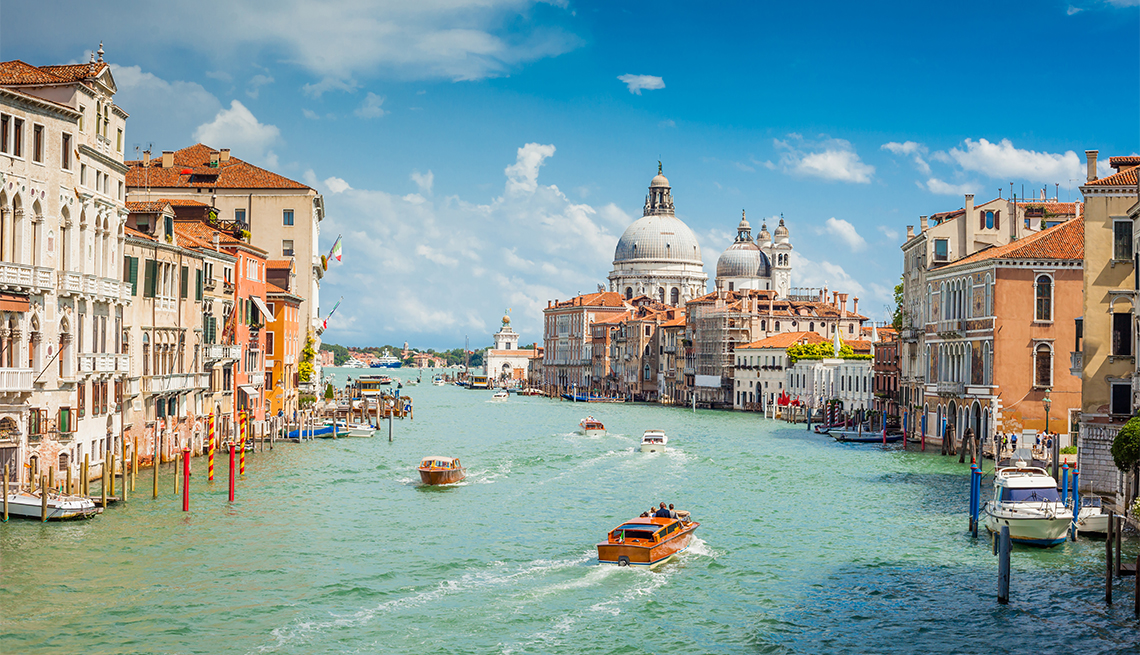
Flight
Like any overseas trip, the cost of flights will vary by where you’re traveling from, when you purchase your ticket, and the time of year.
Using data collected from multiple flight comparison sites, the average price of a round-trip flight to Italy in 2025 could be:
From the United States: Expect prices to be round-trip from the United States to anywhere in Italy (and back) from $500–$1,200 USD from cities like New York, Los Angeles, or Chicago.
From Europe: If you’re coming from Europe, tickets to Italy tend to be a lot cheaper, with round-trip prices from under $200 USD from some cities if you’re taking a low-cost airline.
From Asia or Australia: Expect to pay $700-1,500 USD for a roundtrip ticket from cities like Tokyo, Beijing, and Sydney (the length of the flights is a factor in this wider price range).
The best way to get cheap flights is to book as soon as possible (ideally, about 2-3 months before your planned departure).
Accommodation
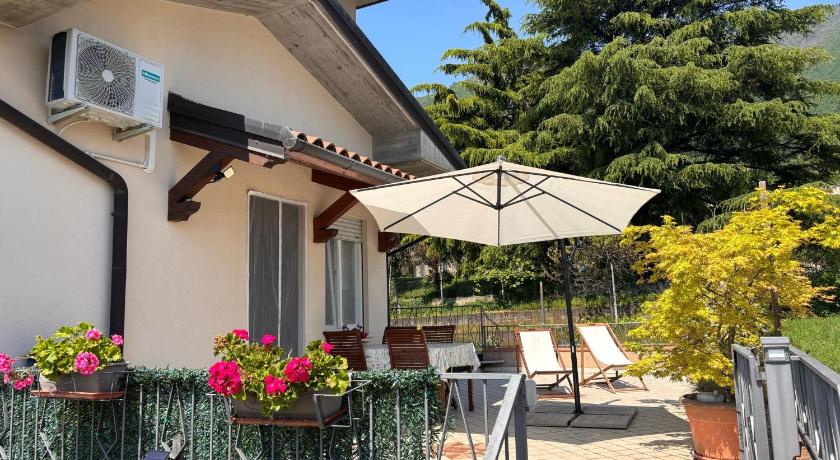
Prices for accommodation in Italy can vary depending on where you go, the time of year you visit, and what sort of accommodation you’re getting.
Here's a breakdown of what you can expect:
1. Budget Accommodation:
Popular Areas (Rome, Florence, Milan, Venice):
Hostels: €20–€40 per night (dormitory), €50–€100 per night (private room).
Airbnb: €50–€100 per night (private room/shared apartment).
Budget Hotels: €70–€120 per night for a basic double room.
Low-traffic Areas (Tuscany, Southern Italy, smaller towns):
Hostels: €15–€30 per night (dormitory), €40–€80 per night (private room).
Airbnb: €30–€80 per night (private room/shared apartment).
Budget Hotels: €50–€90 per night for a basic double room.
2. Mid-Range Accommodation:
Popular Areas (Rome, Florence, Venice):
Boutique Hotels/B&Bs: €120–€250 per night for a double room.
Low-traffic Areas (Bologna, Naples, smaller towns):
Boutique Hotels/B&Bs: €100–€180 per night for a double room.
3. Luxury Accommodation:
Popular Areas (Rome, Milan, Venice, Amalfi Coast):
5-Star Hotels/Resorts: €300–€800 per night, with suites reaching €1,000+.
Low-traffic Areas (Tuscany, Amalfi Coast):
Luxury Villas: €1,000+ per night.
Shoulder season (April to June and September to October) is the best time for budget travelers. With less expensive prices but still good weather.
Visa fees
Planning a trip to Italy, there’s another important piece of the puzzle you need to consider: visas. Here’s the most up-to-date overview of how much visas cost for travelers from different regions.
1. Schengen Visa for Short Stays (Up to 90 Days)
General Schengen Visa Fee:
€90 for adults.
€45 for children between 6-12 years old.
Free for children under 6 years old, as well as certain other categories (e.g., students, researchers, and family members of EU nationals).
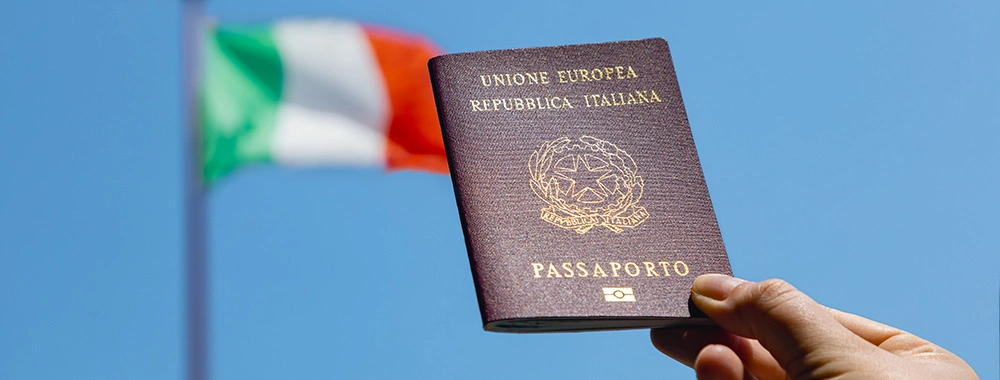
Visa Fees for Specific Countries:
Here are the current visa prices for a few major countries:
United States: €90 (Standard Schengen visa for adults).
United Kingdom: €90 (Standard Schengen visa for adults).
Australia:€90 (Standard Schengen visa for adults).
China: €90 (Standard Schengen visa for adults).
Russia: €90 (Standard Schengen visa for adults).
The UK has officially left the EU, so travelers from the UK must apply for a Schengen visa, even for short stays in Italy.
2. Schengen Visa for Lone Stays (Longer than 180 Days)
Fees vary by visa type for those who want to stay over 90 days (e.g. to work, study, or to join family) in Italy:
National Long-stay Visas: Fees can range from €100 to €200, depending on the specific visa type (e.g., work visa, student visa).
Family Reunion Visas: Fees for family reunification are generally around €100.
The visa fee to visit Italy depends on the type of visa you’re applying for and your age, and if you want to know do you need a visa to go to Italy. The first step you should take is to review the latest entry requirements.
Transportation in Italy
You can find all types of transportation in Italy to accommodate any travel style. Here is a quick little breakdown of transportation costs around Italy:
1. Public Transportation:
Metro/Trams (Major Cities):
Single Ticket: €1.50
Daily Pass: €6–€10
Weekly Pass (e.g., Milan): €17.50
Buses:
Single Ticket: €1.50–€2
City Pass (e.g., Roma Pass, 48 hours): €28
2. Trains:
High-Speed Trains (Frecciarossa, Italo):
Standard Ticket (e.g., Rome to Florence): €25
Premium Class Ticket: €90
Regional Trains: €5–€20
Train Passes:
Eurail Pass: €85 (for 3 days of travel in 1 month)
3. Car Rentals:
Average Cost (Standard Car): €30–€50 per day
Fuel: €1.60–€1.80 per liter (~$6.10–$6.80 per gallon)
4. Taxis & Ride-Sharing:
Taxis:
Base Fare: €3–€5
Cost per Kilometer: €1.10–€1.30
Central Rome to Vatican: €10–€15
Bike Rentals (City Biking):
Cost: €1–€3 per hour
Day Pass: €10
5. Ferries (e.g., Naples to Capri):
One-Way Fare: €20–€30
There are a variety of ways to get around Italy, but each method has its own price and level of comfort. By traveling the right way, you can get the most out of your visit while keeping costs down.
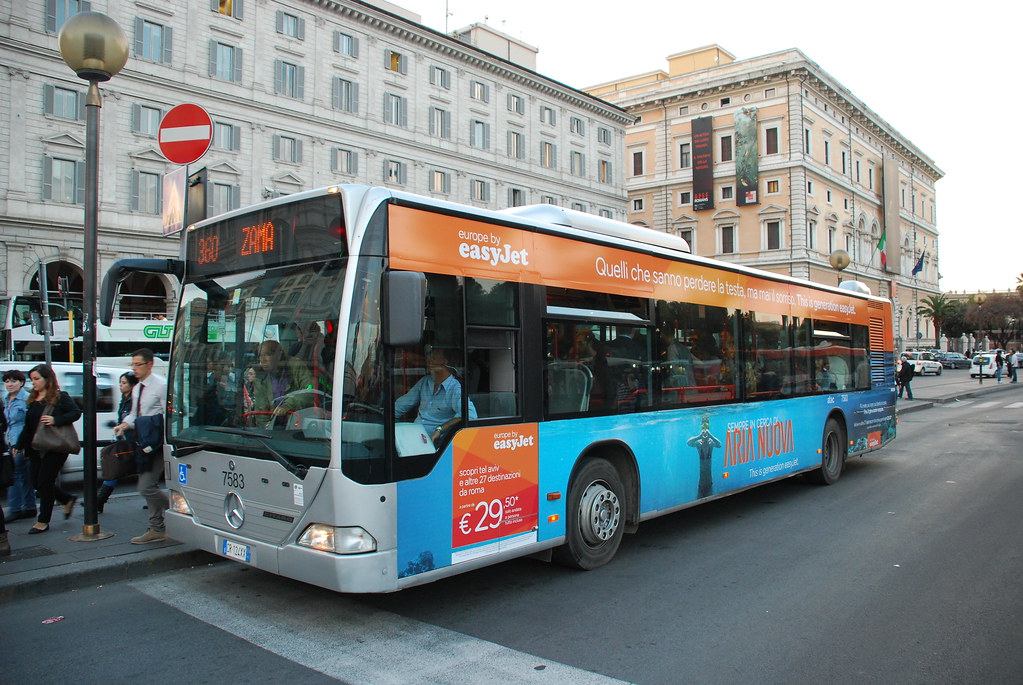
Meals
Here’s a simple guide to prices so that you’ll know what to budget while food in Italy in all different types of dining situations:
Budget Meals: €30-50 per meal
Mid-Range Dining: €50-80 per meal
Luxury Dining: €100+ per meal
Regardless of how much you have to spend, you can eat well in every part of Italy and experience this country’s rich culinary history.
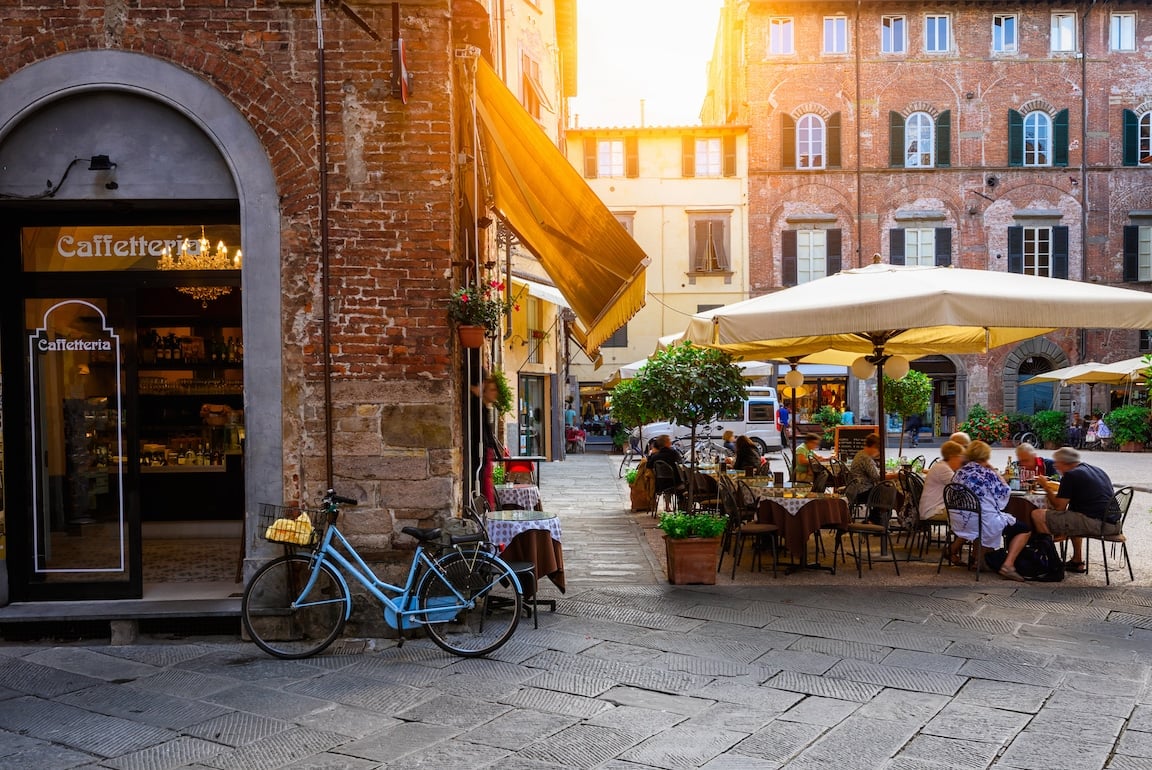
Sightseeing and Activities
With some of the most famous landmarks in the world Italy is a must-visit destination. While many attractions are free, some of the most famous sights cost to visit. Here is a list of them:
Colosseum (Rome): €16 for entry (€18 for a combined ticket with Roman Forum and Palatine Hill).
Vatican Museums: €17 for standard entry, €21 for skip-the-line tickets.
Uffizi Gallery (Florence): €20 for general admission.
Pompeii (Naples): €15 for entry.
While some of Italy’s attractions may cost you, there are lots of free and discounted activities that can help you stick to your travel budget.
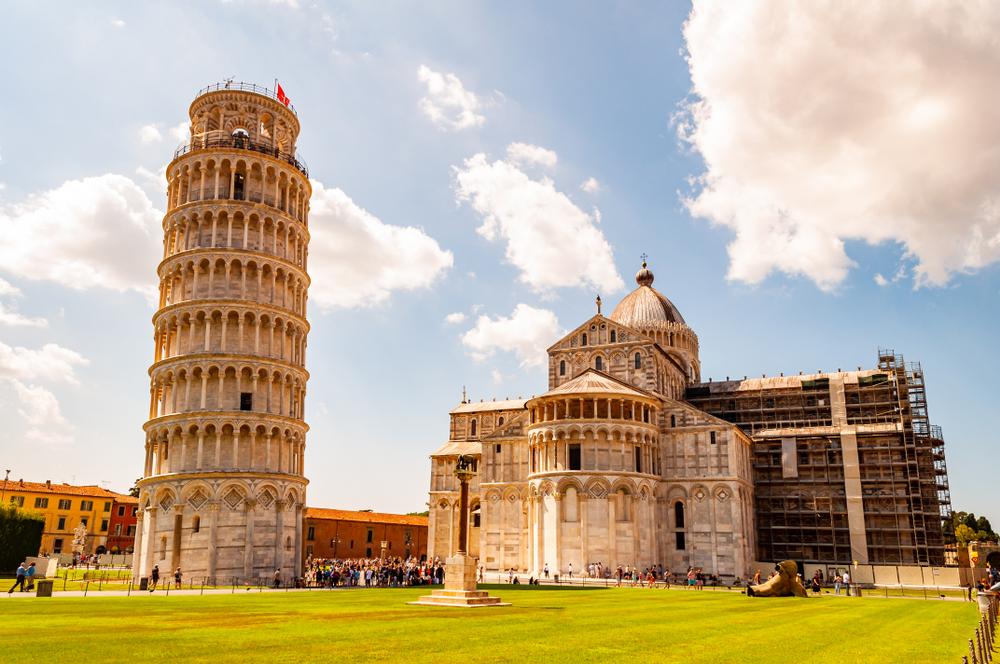
Souvenirs and Shopping
What to buy in Italy? There are some souvenirs to consider:
1. Local Crafts:
Leather goods, Murano glass, ceramics: €10–€50
Intricate pieces: €100+
2. Food & Drink:
Olive oil, wine, truffles: €10–€30
Truffle products: €20–€50
3. Small Souvenirs:
Magnets, keychains, postcards: €2–€10
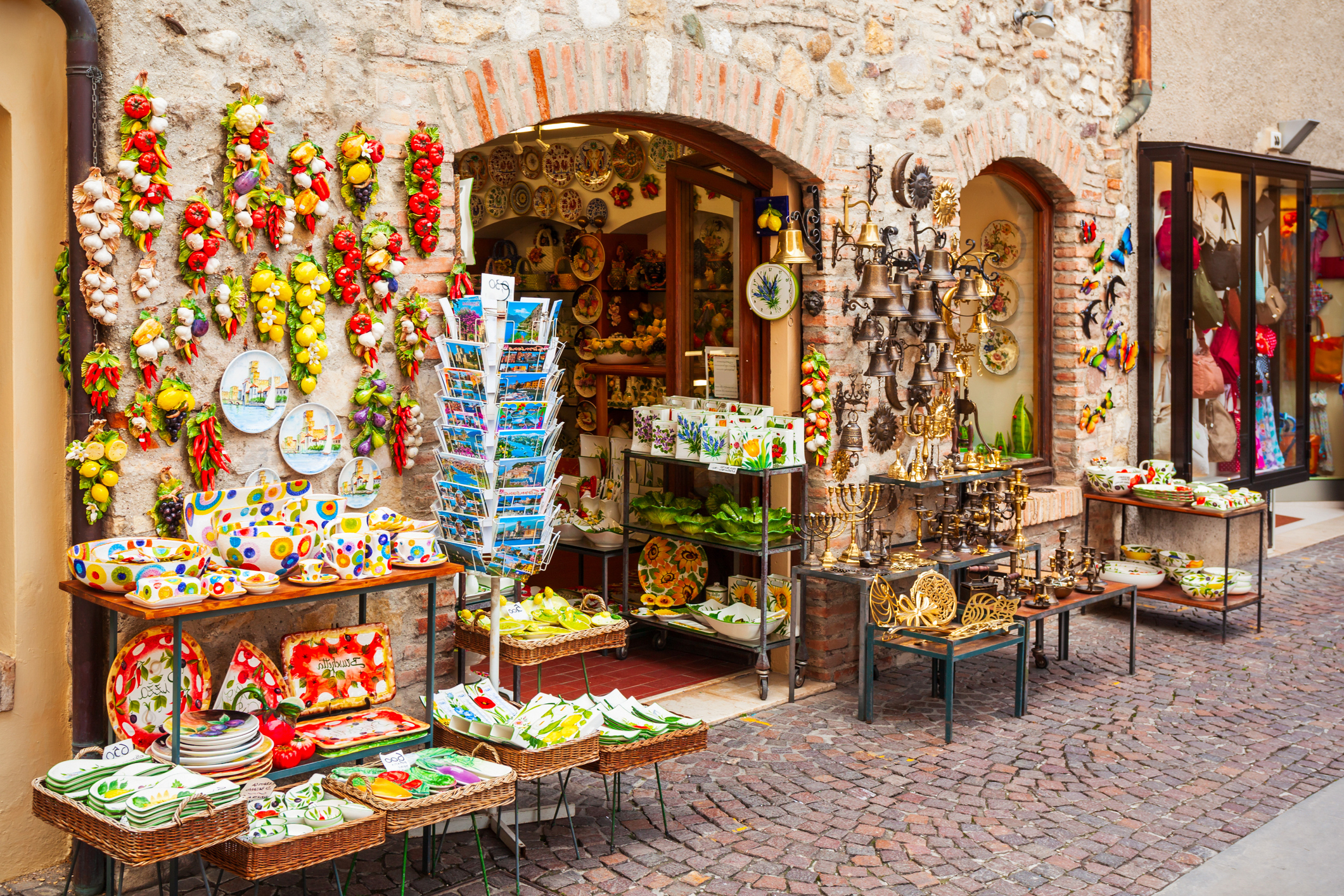
Travel Insurance
Standard travel insurance covers your medical emergencies, trip cancellations, lost luggage, and emergency evacuation. Non-EU travelers, in particular, should not travel without medical coverage, as healthcare costs can be exorbitant.
Basic Coverage generally includes emergency medical expenses, trip cancellations, and delays.
Comprehensive Coverage may also protect against lost or stolen personal items, flight cancellations, and more extensive medical needs.
Prices vary and are between €30-€150 for a basic policy (7-10 days) and €150-€300 or more for more extensive or extensive coverage.
Travel insurance will protect you against illness, injury, theft, and cancellations, providing you with peace of mind during your trip to Italy.
Money-Saving Tips in Italy
1. Travel During the Off-Season
If you visit during the shoulder season (April to June or September to October), you’ll find lower airfare, hotels will be more affordable, and there will be fewer tourists. Additionally, you’ll have better access to local experiences as you won’t be overrun with tourists.
2. Use Public Transportation
Public transport works well and is budget-friendly in Italy — so much so that you never need a taxi or car to get around, even in cities like Rome, Milan, and Florence. Buses, metros, and trains are better options in this country.
3. Eat Like a Local
To cut down on costs, eat where the locals eat. Stick to trattorias, pizzerias, and local markets as much as possible, as they are much more affordable than tourist-oriented restaurants. You can also find fresh produce and cheap eats in the local markets too, especially in cities such as Florence, Bologna, and Naples.
4. Take Advantage of Free Attractions
There’s a lot of culture in Italy and while some of its attractions cost money, there are plenty of free attractions as well. Many museums and attractions have free admission days and reduced prices at certain times (often the first Sunday of every month). Check local listings and attraction websites.
5. Book Accommodation in Advance
Hotel prices in Italy can fluctuate wildly depending on when you go, where you’re staying, and how you book. Book your stay in advance to secure the best deals, or, to save money, stay in less touristed cities, towns, or areas.
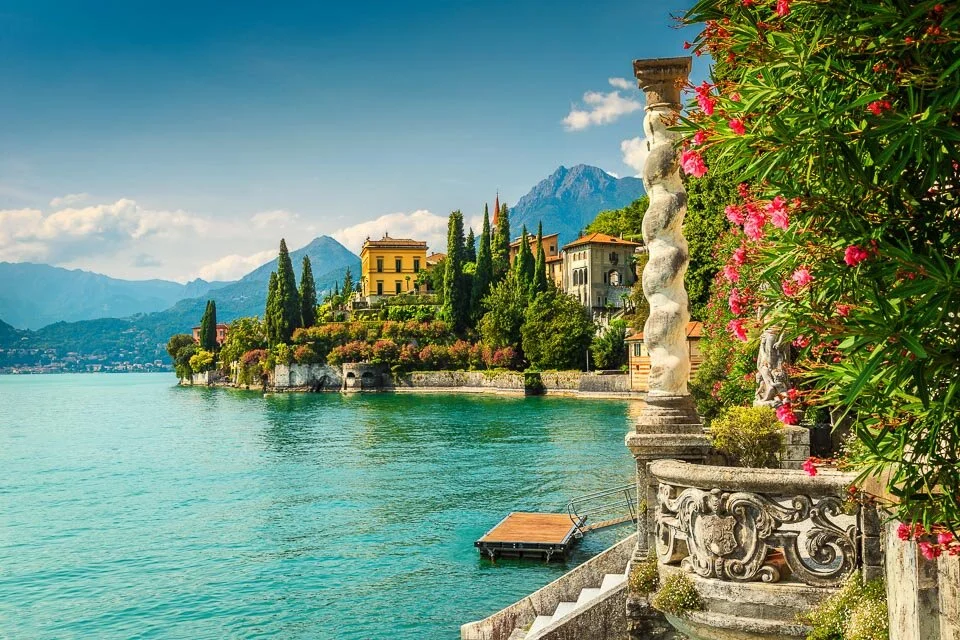
FAQ
1. Can I use my credit card in Italy?
Yes, you can use credit cards (Visa, MasterCard) to pay for things in hotels, restaurants, and stores. You will need cash for smaller purchases though, especially outside the major cities.
2. Is tipping expected in Italy?
Tipping isn’t obligatory but rounding up the bill or leaving a small amount is appreciated (e.g. 5% to 10% if service is good).
3. What should I know about Italian dining etiquette?
Unlike many other countries, in Italy dining is an experience, not just a means to an end. Waitstaff will never rush you. It’s always customary to linger over your meal.
4. What is the dress code for visiting churches in Italy?
If you’re going to churches or religiously significant sites, you’ll need to be dressed properly. No shorts, tank tops, or skirts that are above the knee. I recommend long pants/long skirts and covering your shoulders.
Conclusion
Planning a trip to Italy is fun, and with a few helpful hints, you can ensure your trip is memorable and won’t break the bank.
If you book your accommodations in advance, visit in the off-season, take public transportation, and eat local cuisine, you will be able to see the finest the country has to offer while sticking to your budget.
With a little planning your trip to Italy will be a trip you’ll never forget. Buon viaggio!
